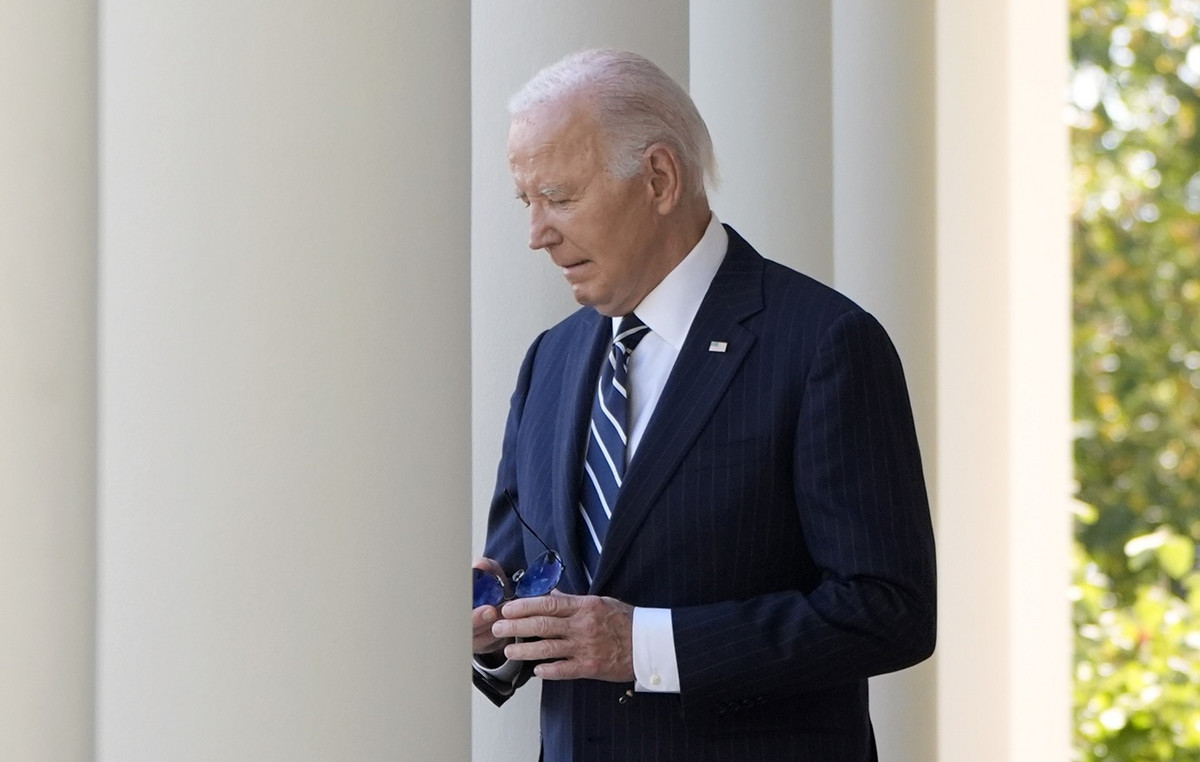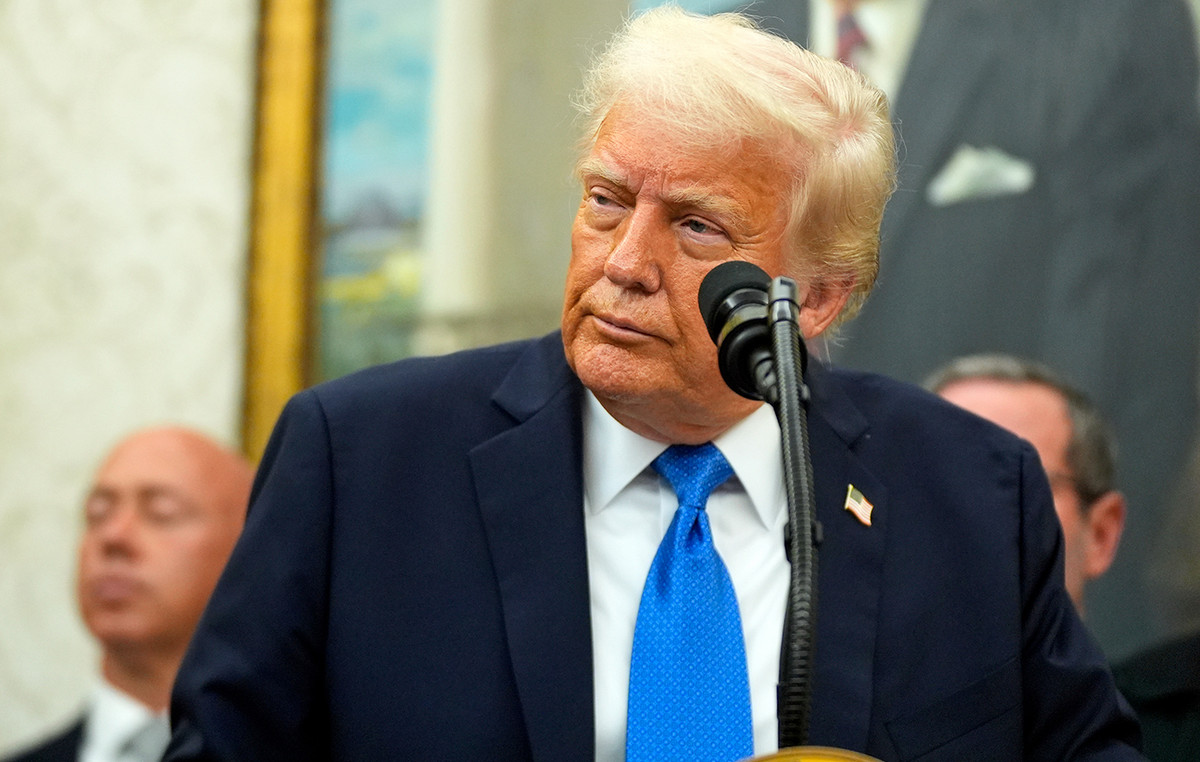The Monetary Policy Committee (Copom) starts this Tuesday (1st) the first meeting of the year to decide on the basic interest rate of the economy, the Selic. In the market, the expectation is practically consensual of a rise of 1.5 percentage points, which would take interest rates to 10.75% per year.
If the move materializes, it will be the first time that the Selic has returned to double digits since 2017, as the municipality tries to combat inflation that ended 2021 at 10.06%, far above the ceiling of last year’s target of 5 .25%.
At the same time, it will be the highest octave in a row made by the Copom, with the interest rate increasingly moving away from the historically low level of 2%, which was in force between August 2020 and January 2021.
For analysts consulted by the CNN Brasil Businessfiscal risks, a persistence of inflationary process and external uncertainties fuel the forecast for an increase to 10.75%, while the scenario points to the continuation of the increase process for a few more meetings.
Causes
THE CNN Brazil Business consulted 11 analysis houses, banks and associations – Itaú, Banco UBS, Toro Investimentos, Genial Investimentos, BTG Pactual, MB Associados, XP Investimentos, Ativa, ABBC, Suno Research and LCA. All project a rise to 10.75%.
The market agents consulted by the central bank in the Focus Report also converge to this projection, and they expect the Selic to end 2022 at 11.75% according to the document of this Monday (31).
The Copom itself anticipated, in the communiqué issued after the last meeting, on December 8, a rise “in the same magnitude”, after raising the Selic by 1.5 percentage points. And both the committee and the market cite similar causes for this scenario.
In a report, economists at BTG Pactual stated that, in the absence of significant news in the Central Bank’s communication since the last Copom meeting, “the hard message issued in December remains”.
For Banco UBS, the Copom “will probably point to current inflation and deteriorated expectations as the main reasons for its IPCA projection to remain above the official target, and therefore the need for a contractionary policy”.
Gustavo Sung, economist at Suno Research, says that the main risk factor that has influenced the behavior of the Central Bank is Brazil’s fiscal framework. In the second half of 2021, the market’s view that the federal government would be willing to disrespect the spending ceiling had negative effects on the economy, such as the rise in the dollarand its consequences for inflation.
“The worsening of the trajectory of the debt and of the fiscal risk generates uncertainties, raises the risk premium, puts pressure on the exchange rate and, consequently, on prices and interest”, he says.
It is an analysis similar to that of Yihao Lin, economist at Genial Investimentos, who also cites new risks to the fiscal framework: uncertainty about the salary readjustment of civil servants and the government’s announcement that it wants to freeze fuel taxes, with the so-called PEC on fuels.
“It ends up reducing government revenue, and having a direct impact on public accounts. So it’s more of a threat, and the Copom will continue to emphasize this high fiscal risk,” she says.
The economist also believes that the committee should consider an inflation scenario that has not yet slowed down as expected, something evidenced by the IPCA-15 resultwhich indicated a “high” degree of spread of inflation in the economy.
new risks
In addition to the continuity of the fiscal factor and the spread of inflation, analysts consider that novelties in the scenario should be considered by Copom at this week’s meeting.
One of them is the issue of foods. The expectation at the end of 2021 was for a record harvest and favorable weather conditions, the opposite of what happened last year, when the weather damaged agricultural production and made food prices rise.
But the scenario at the beginning of 2022 was a negative surprise, with excess rainfall in the north and heat in the south affecting production expectations.
In a report, MB Associados states that “food is once again a matter of concern at the beginning of 2022, with significant declines in soybeans and beans, despite future corn and sugarcane crops and meat production still having positive prospects for the future.” the year”.
“Food inflation is likely to be lower than it was last year, at 7.9%, but it should be higher than expected. The rest of the IPCA groups are likely to slow down for the most part, but some are likely to be impacted by last year’s inflation, such as health and education,” he says.
Sung, from Suno, cites the readjustments in food among the challenges in fighting inflation in 2022, along with increases in fuels that the consumer has already faced in 2021 and may continue this year, this time also reflected in public transport prices.
“In addition, the resumption of services, the correction of salaries and the improvement of the labor market may exert some pressure”, he says.
The recovery of the services sector is also cited as a new factor of inflationary pressure by Lin. “The sector was the most affected by the pandemic and has not yet presented significant price readjustments, and we believe that throughout 2022 this recomposition should be unfavorable for the deceleration of inflation, making this process slower”.
For the economist at Genial, it will also be important to be aware of possible new developments linked to the Omicron variantespecially in Asia, where the zero tolerance policy for Covid-19 in several countries, such as China, can lead to the closure of shipping ports and industries.
This would end up further delaying the recovery of supply chains and maintaining their global inflationary effects.
Another novelty is the geopolitical tension in the Ukrainewith the possibility of an invasion of the country by Russia, and a response from Western countries, increasing risk aversion in the market.
“It’s something that has been making a lot of price, especially in the more volatile commodities, such as agricultural and energy. In an eventual conflict, it can make the behavior of these commodities quite volatile, which tends to hamper the disinflation process,” he says. Among these commodities is oil, whose rise was one of the great villains of inflation in 2021, reflected in fuels.
Already considering the 2022 elections, Paloma Brum, an analyst at Toro Investimentos, says that “the need for an increase in the Selic rate is also reinforced in the face of a very volatile domestic fiscal scene, typical of an election year”.
Closing the new elements that the Copom must consider is the global movement of interest rate hikes to contain inflation, with the main focus on the United States, after signals of an increase by the Federal Reserve.
Sung states that “to counterbalance the flight of capital and devaluation of our currency, the Brazilian monetary authority may have a more restrictive posture with the Selic in order to avoid contamination of the exchange rate on inflation”.
Despite this, Everton Pinheiro de Souza Gonçalves, superintendent of the Economic Advisory Service of ABBC (Brazilian Association of Banks), considers that the disinflation process in 2022 can be facilitated by the consequences of the high Selic.
“Disinflation will be favored by the loss of traction in economic activity, which should deepen in 2022, not only due to the increase in the basic interest rate, but due to the international scenario and domestic uncertainties”, he says.
Megale, from XP, says that a positive factor is the dynamics of the exchange rate at the beginning of 2022. “Despite the rise in market interest rates in central countries, the Brazilian exchange rate has appreciated by 3.5% since the last Copom” .
He also cites a positive water scenario that has been confirmed, moving away from the water crisis scenario that affected inflation with the rise in the electricity bill in 2021, with the possibility of an early reduction of the tariff flag in the accounts that would alleviate inflation.
the communiqué
The main objective of the Copom, according to the committee itself, is to bring inflation within the 2022 and 2023 targets, which are 3.5% and 3.25% per year, respectively, with a tolerance of 1.5 percentage points. up or down.
In this sense, the market already expects new highs in the next meetings, but diverges on their degree.
Étore Sanchez, chief economist at Ativa Investimentos, states that “the divergence begins to occur for the perspective of the March meeting and, consequently, for the end of the [de alta]”.
“There are those who say that increases will no longer be observed at the next meeting, but there are also those who say that the authority will follow up to 13.25%, an increase of 250 basis points”.
BTG Pactual’s expectation is that the Copom does not include the term “same magnitude” in its post-meeting statement when referring to the next increases, but indicates that they will occur.
In a report, Itaú says that the communication must maintain a “tone of perseverance and continue to affirm that the monetary tightening should advance in significantly contractionary territory”, but expects a moderate reduction in pace, with a rise of 1 percentage point at the March meeting.
Lin, from Genial, also expects a rise of 1 percentage point in March, in a process of smoothing the Selic rise that would still have increases of 0.5 percentage point and 0.25 in other meetings, ending the year on 12, 50% per year.
Despite this, MB Associados states that “the Central Bank is alone in fighting inflation this year. There is no help from fiscal policy, the exchange rate should remain under pressure with the risks of interest rates in the US and elections here”.
The scenario, according to the economic analyst of CNN Thais Herédia, is that “the interest rate ends up paying a lot of free lunch across the country”, that is, new fiscal uncontrols can reverberate negatively in Copom and Selic projections.
Source: CNN Brasil
I am Sophia william, author of World Stock Market. I have a degree in journalism from the University of Missouri and I have worked as a reporter for several news websites. I have a passion for writing and informing people about the latest news and events happening in the world. I strive to be accurate and unbiased in my reporting, and I hope to provide readers with valuable information that they can use to make informed decisions.





